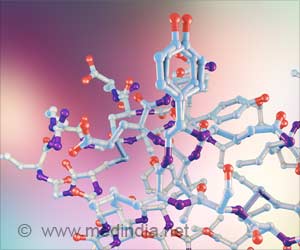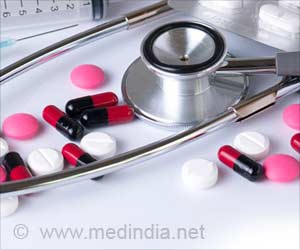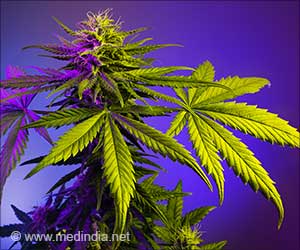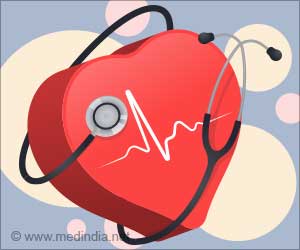Johns Hopkins University researchers have cured malaria-infected mice with single shots of a new series of potent, long lasting synthetic drugs…
Johns Hopkins University researchers have cured malaria-infected mice with single shots of a new series of potent, long lasting synthetic drugs modeled on an ancient Chinese herbal folk remedy. The team also has developed several other compounds, which defeated the febrile disease in rodents after three oral doses.
These peroxide compounds, containing a crucial oxygen-oxygen unit, promise not only to be more effective than today's best malaria remedies, but also potentially safer and more efficient, said research team leader Dr Gary Posner, Scowe Professor of chemistry in the Krieger School of Arts and Sciences at Johns Hopkins."We are disclosing, for the first time, the curative activity of a new generation of compounds that are long-lasting and therapeutic, even when used by themselves," Posner said. "Older drugs in this family of peroxide anti malarials also are known to be fast-acting, but they are unfortunately short-lived and not curative when used by themselves."
Though they say their results are very promising, the researchers caution that the new compounds must be thoroughly tested for safety and for how they are absorbed, distributed and metabolized in, and eliminated from, rodents' bodies before human tests begin.
Malaria afflicts between 300 million and 500 million people a year, killing between 1.5 million and 3 million, mostly children and mostly in developing nations. The most commonly fatal species of the malaria parasite now shows strong resistance to most current treatments, making the development of effective new drugs a worldwide priority.
Since 1992, Posner and his team, which includes collaborator Theresa Shapiro, Professor and Chair of clinical pharmacology at the Johns Hopkins School of Medicine, have been tackling that challenge by designing a series of peroxide compounds, called trioxanes.
"As a class, these compounds have proven to be unusually valuable in several ways, from their brisk and potent antimalarial activity to their lack of resistance and cross-resistance with other antimalarial agents," Shapiro said.
Advertisement
Although the substance is inexpensive by Western standards, the widespread use of artemisinins in the developing world remains limited, in part by availability and the cost of separating the active ingredient from the Artemisia annua plant. Posner and his team contend that the potency and curative activity of their compounds provide "a substantially more efficient and economical use of the price-setting natural product."
Advertisement
SRM/V








